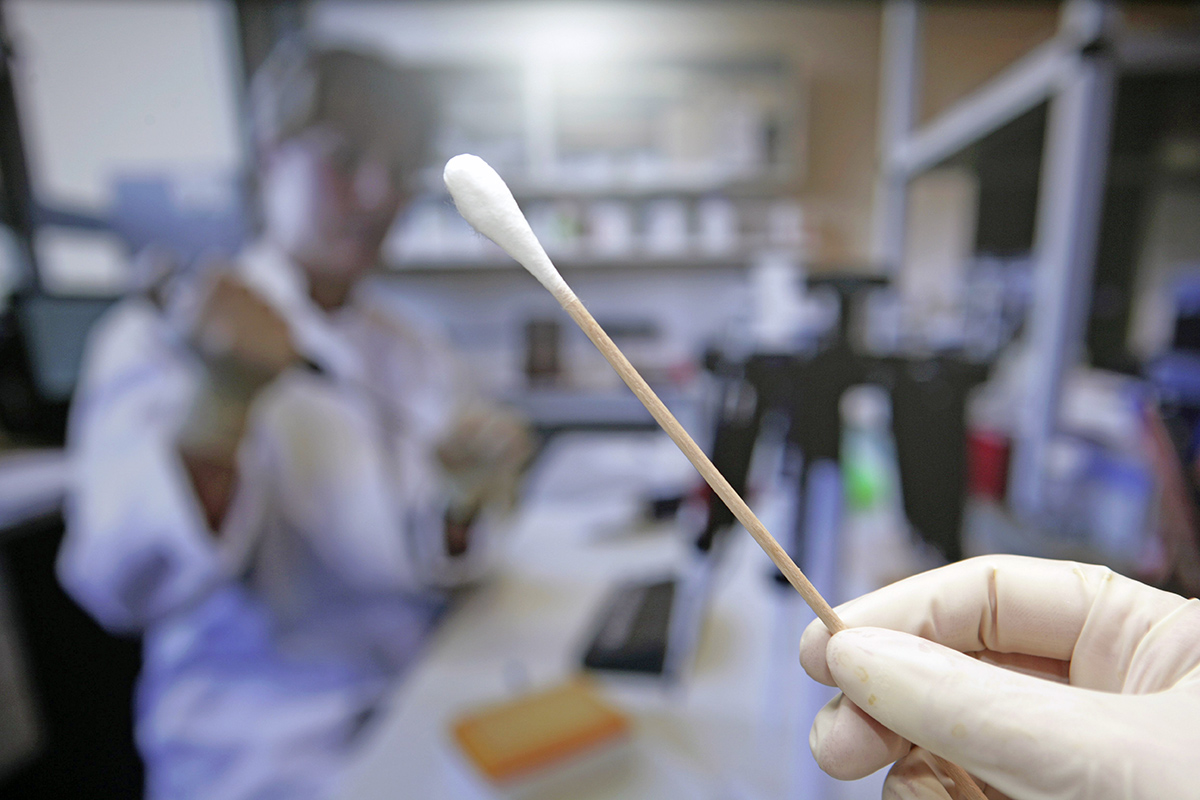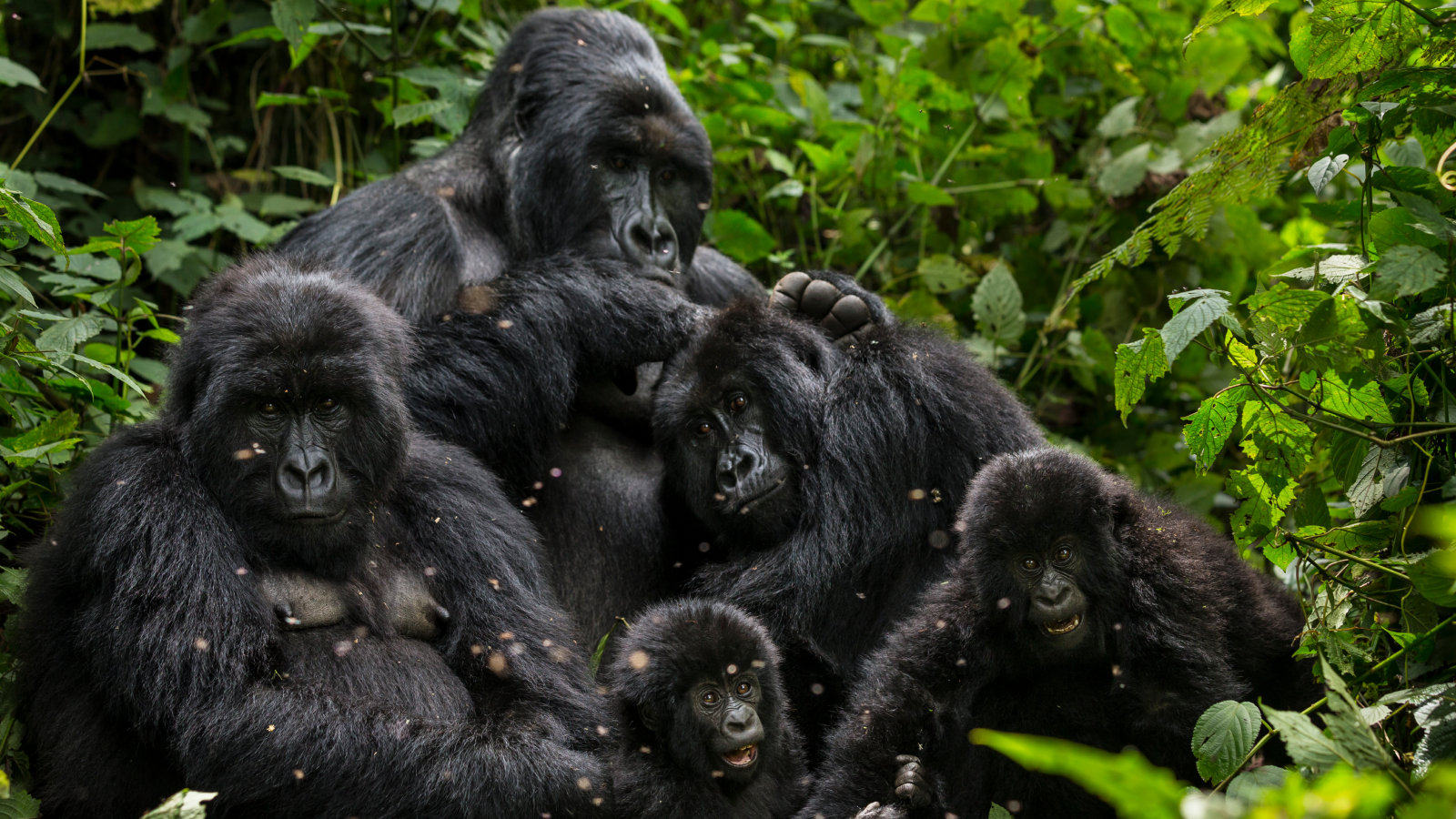Tea Strainers & Nail Polish: The 5-Star Reviews Scientists Are Writing for Everyday Products

You may never look at tea strainers or dental floss in the same way again.
While scientists certainly rely on fancy and expensive equipment like mass spectrometers and microscopes in their efforts to study the world, sometimes they have to get a little creative, casting around for everyday objects to fit their needs. Those could be plastic bags to hold ice cores or salad spinners as makeshift centrifuges to prepare samples.
Some scientists are now taking to Amazon and Twitter to write reviews for the decidedly unorthodox uses they've found for some of these items — though their statements might throw someone looking for the best floss to use on their teeth.
The collective project started when Robyn Womack, a zoology doctoral student at the University of Glasgow in Scotland, was perusing Amazon to look for a tea strainer (for its intended purpose). She happened to spot a review left by one John Birch that was decidedly not about how well it holds tea leaves, but how it could be used for experiments introducing foreign ants to ant colonies.
Womack found the review funny and posted a screenshot to Twitter. And then it went viral.
Daniella Rabaiotti, a zoology doctoral student at University College London, put out a call on Twitter for more stories of the scientific uses of mundane items with the hashtag #reviewforscience. Scientists from ecology to dendrochronology answered the call, and the hashtag blew up.
Dental floss apparently makes a good lasso for collecting lizards ("No comment from lizards on mint flavor," Sarah Pierce tweeted), while coffee grinders can also grind up soil for chemical analysis ("Gets just the right texture," Jeff Atkins tweeted).
Get the world’s most fascinating discoveries delivered straight to your inbox.
Clear nail polish does the trick for putting coverslips on slices of brain, while paper straws are the perfect size for holding tree-ring cores and, unlike plastic, they keep samples from molding. Not to mention that "festive colors make tedious coring job less tedious," according to the reviewer.
One review of a turkey baster reads: "Review: 5 stars. The best mosquito larva collector available. Perfect for sampling tree-hole dwelling species. Clear tube for easy species ID. Narrow enough to sample from pitcher plants. Brush lets you remove detritus. Unsure if bastes turkey."
It's the latest science hashtag to take Twitter by storm — others have included #MyOneScienceTweet, where scientists tweeted the one thing they wished people knew about their line of study, and #DoesItFart, where scientists wrote about whether various animals fart or not. Rabaiotti started the latter and turned into a book with University of Alabama ecologist Nicholas Caruso.
"I thought I might get a couple of likes/chuckles from the zoology Twitter crowd, but certainly did not expect this," Womack said in an email.
Some themes emerged as scientists tweeted, including "some of the strange items that you use for animal autopsies," Rabaiotti said. Evidently, those tiny brushes that clean between teeth are also "really excellent for getting the brains out of very small bird skulls."
And as ever with zoology, there were plenty of ingenious means for collecting and processing poop samples — "a lot sieving, a lot of strange things for drying," as Rabaiotti put it. Tea strainers also appear to be useful for straining parasites out of poop.
A couple reviews slinked into slightly more risqué territory, including one about condoms used as a membrane to feed insects (the downside: "attracts comment of purchased on lab credit card"), and a body massager used to lure spiders out of their dens ("Multiple speed settings are fantastic for the diversity of web builders and to simulate different prey species").
The reviews aren't just a source of amusement, though.
"I think #reviewforscience shows that a lot of the time in science we need to improvise and build things for our specific research needs, which sometimes involves everyday household objects," Womack wrote. "It's also nice to show that science and creativity go hand in hand!"
Scientists have also found new ideas for methodology from the tweets; a few tongue-in-cheek negative reviews have provided examples of DIY that didn't quite work out. One gas can was no match for the rotting cow blood used in a study of grizzly bear DNA (the force from the gases coming off the blood caused the can to split at the seams). Superglue works well for attaching RFID tags to bees, but runs the risk of also attaching the not-too-pleased bee to the researcher.
As it turned out, the review left by Birch for the tea strainers was for research his son was doing in introducing one type of ant into the colony of another. He didn't actually get to use them, though, as the species in question wasn't aggressive enough to get the response he wanted.
Womack and Rabaiotti each had their favorite #reviewforscience: Womack favored the various ways scientists had come up with to wrangle birds for tagging and weighing, including plastic pitchers and pillowcases, while Rabaiotti liked an extendable painter's pole that was used to sample whale snot.
The ad hoc nature of the tools scientists used "really sums up the way that we do ecology a lot of the time," she said.
And, she added, it just goes to show, "you can do a lot of science with the stuff lying around your house."
Original article on Live Science.

Andrea Thompson is an associate editor at Scientific American, where she covers sustainability, energy and the environment. Prior to that, she was a senior writer covering climate science at Climate Central and a reporter and editor at Live Science, where she primarily covered Earth science and the environment. She holds a graduate degree in science health and environmental reporting from New York University, as well as a bachelor of science and and masters of science in atmospheric chemistry from the Georgia Institute of Technology.


